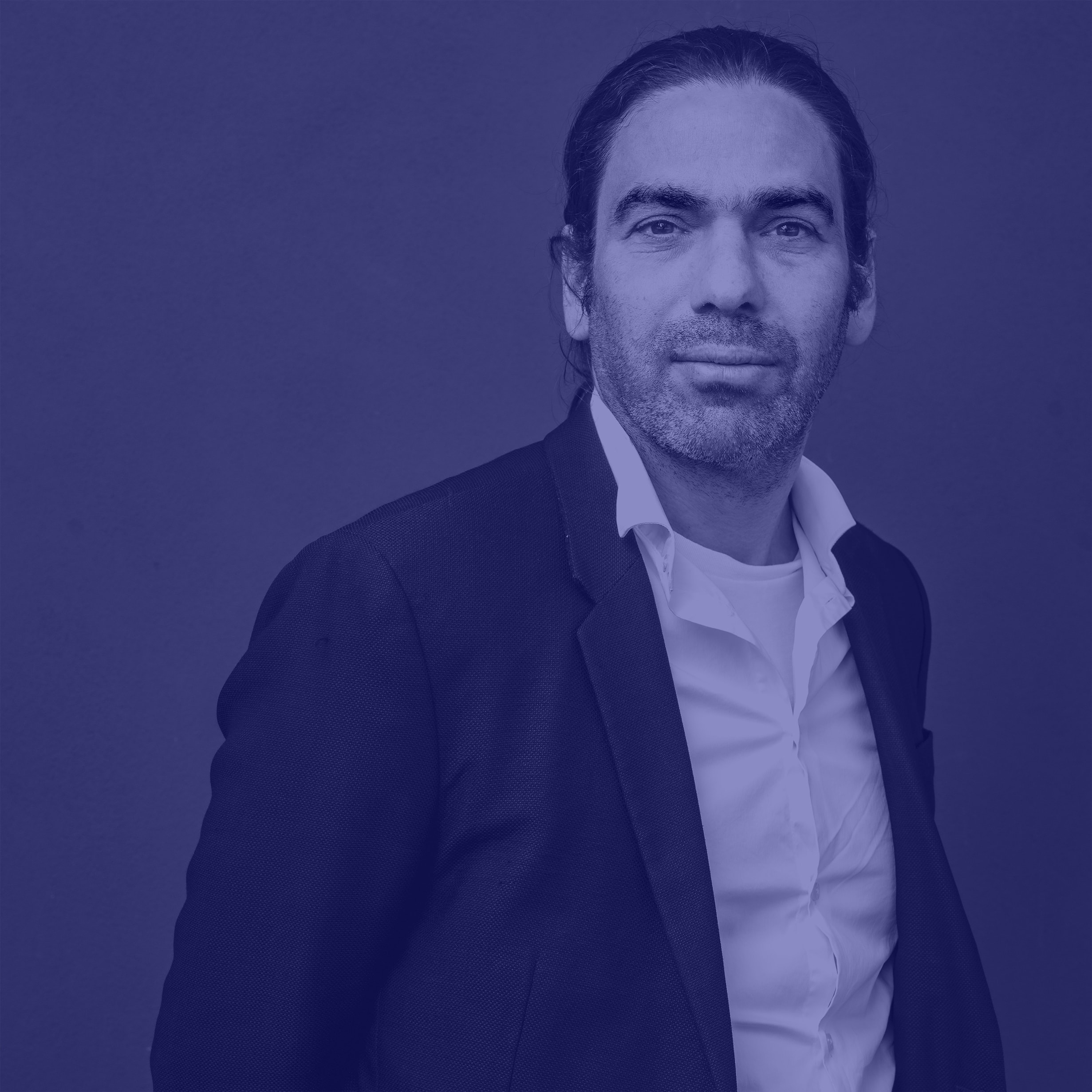
Interview with Marijn Schenk
1) Briefly introduce yourself and tell us a bit more about your practice. What do you work on? What are the issues you aim to address in your profession?
NEXT architects started in 1999 as a young collective of four architects, with an ambition to change the world. Now, over 20 years later, with a team of about 20 architects, we work from Amsterdam and Beijing China on a wide range of projects. Not so young anymore, but still eager to change the context we live in.
NEXT connects, is what we like to say. By reflecting on the role designs play in their environment, NEXT incorporates ‘connection’ as a core theme in its portfolio and work method. The strength of this approach lies in its ability to develop strong ideas that become a persuasive part of the project’s specific context. Every project is unique and calls for a keen assessment of the specific needs and qualities of the location.
2) What are your thoughts over the issues raised by the Amsterdam Cycling Bridge competition? What aspects are central when we talk about designing such a connection over the Ij?
Key in the idea of making a bridge crossing the IJ, is for me actually not the span itself but so much more was it does at the landings. To accommodate the passage of ships, the bridge will have a height of about 11 meters above water level. How can you get at that level with an average inclination of lets say 3 %? What kind of architecture do you need for that? And what is the impact of the urban tissue around the landings of the bridge, making space for all these bikers and pedestrians that find a new entry to Amsterdam through the bridge?
3) Are there any reference projects you could suggest to inspire our community for this design challenge? Why did you choose this specific example?
In Oog in Al, Utrecht we combined a bridge and a school: The Dafne Schippersbrug. In order to get to the requested height of 9 meters in this case, we needed a long length to get there, which generated a space underneath the bridge where we could fit in a school. The bridge, which crosses the Amsterdam-Rhine Canal in Utrecht, is the main link in the express cycling route that connects the historical city centre with the new neighbourhood of Leidsche Rijn. Cyclists travelling from the city centre to Leidsche Rijn will cycle to a height of nine metres as they veer around Victor Hugo park in a wide bend, taking them across the roof of the school and over the canal. In addition, by integrating functions and making the bridge an integral part of the public space in the neighbourhood, it is an important meeting point for local residents and schoolchildren. The double land use with maximum space for greenery makes the Dafne Schippers bridge unique, not only as a bridge but also as a place in its own right.
4) In your experience, what does it take to win an architecture competition?
Ever tried. Ever failed. No matter. Try again. Fail again. Fail better.
(Samuel Beckett, Worstword Ho)





